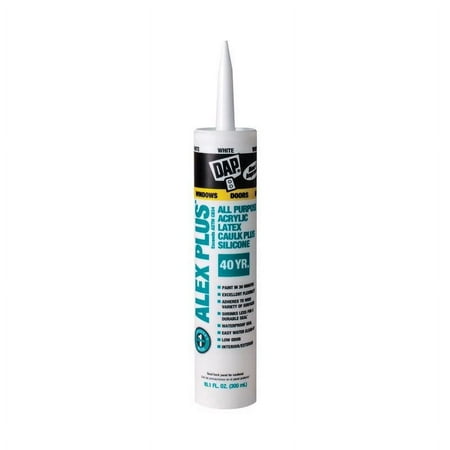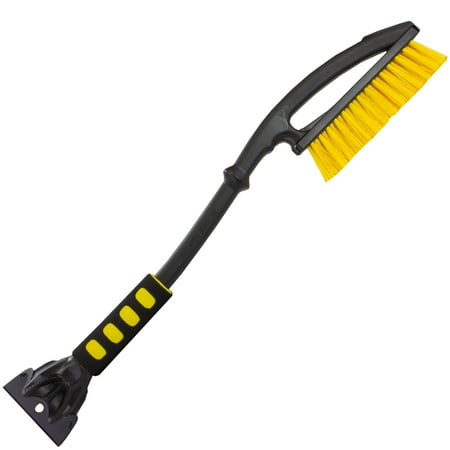Experts always do these 5 things to their windows and doors before a freeze – here’s why you should too
Cut costs on heating and repairs with these essential maintenance tasks

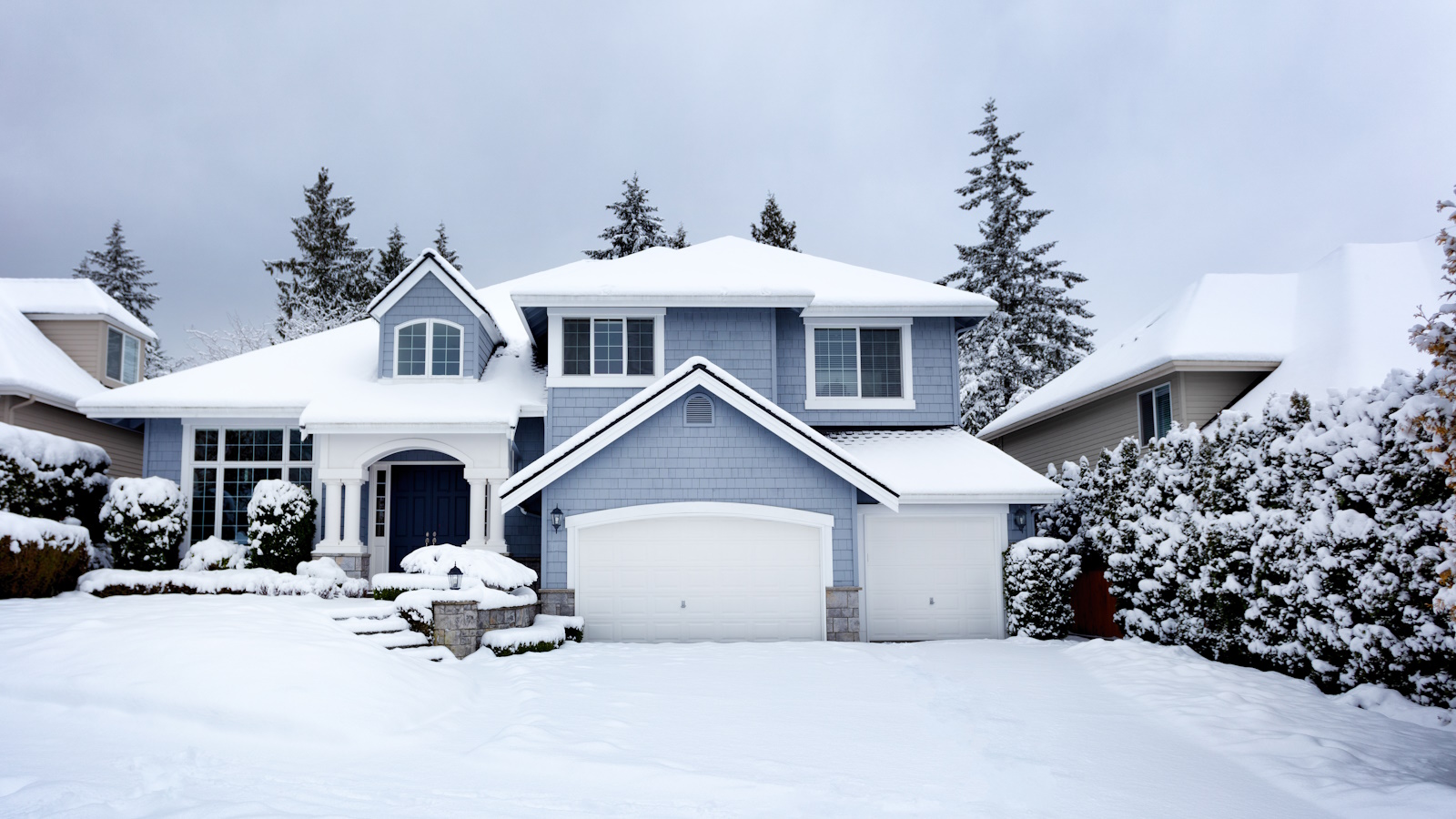
In freezing weather, windows and doors are key offenders for letting the cold air seep inside leading to higher energy bills and even potential damage to your home.
Contractors have warned that taking the time to properly prepare your doors and windows ahead of a freeze can save you from costly repairs and ensure your home stays comfortable.
Here, they break down the five steps they always take to prepare a home for a freeze – focusing on their windows and doors and explaining why a little preparation now can make all the difference when the next freeze warning rolls in.
How to prepare your doors and windows ahead of a freeze warning
Preparing a house for cold weather achieves a few things: you are more comfortable in winter, you cut energy bills, and perhaps most importantly, it prevents damage to your home from leaks, expanding ice, and heavy snow.
Here's how to prepare your doors and windows ahead of a freeze.
1. Install door sweeps

One of the easiest winter maintenance tasks is to fix drafty doors. Draft-proofing an entryway will prevent cold air and even moisture from seeping in and cooling down your home.
Kriss Swint, design lead at Westlake Royal Building Products says, ‘Door sweeps create a tight seal underneath entryways, another common leak location. They usually come in two forms: u-shaped pieces that slide under aluminum or steel doors and metal strips that screw, nail, or staple to door bottoms and have an attached strip made of vinyl, plastic, sponge brush, or other air-blocking material that forms a tight seal to your floor.
Design expertise in your inbox – from inspiring decorating ideas and beautiful celebrity homes to practical gardening advice and shopping round-ups.
‘Use it to fill the gap between the bottom of your door and the threshold. To install, measure your door, fit the strip (cut to the correct length if necessary), drill pilot holes and tighten with screws.’
All prices correct at time of publication.
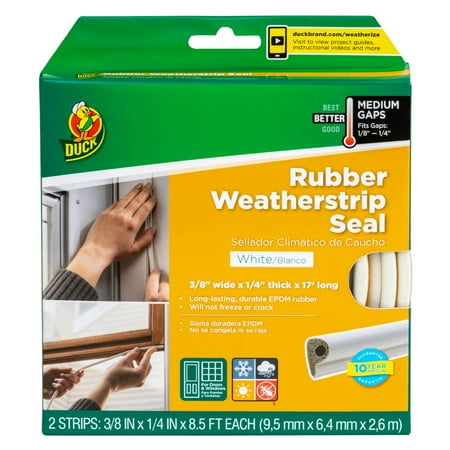
This self-adhesive rubber door seal fits around the perimeter of your door to stop drafts and keep your home warm in winter
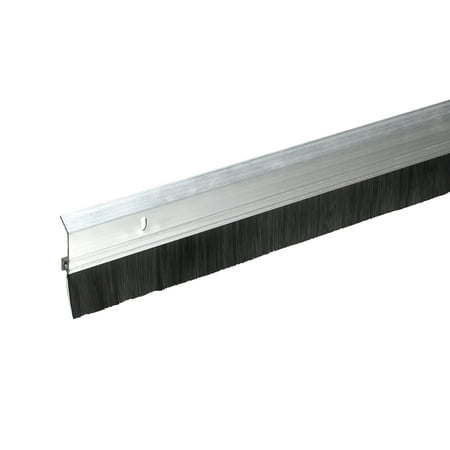
This heavy duty door sweep seals out drafts, water, and insects to protect your home

Keep cold air at bay with a long thermal curtain. Make sure it is long enough to cover the door from top to bottom and hang close to the door to keep cold air out
This simple DIY addition is a great way to keep a poorly insulated house warm. You can also pair it with stick-on weather stripping that can run around the entirety of your door so it fits more snuggly into the door frame.
Adding a thermal floor-to-ceiling curtain on top will then seal cold air off entirely to keep an entryway warm without heating. Consider using this to insulate a garage door, too.
2. Clean windows and assess for damage
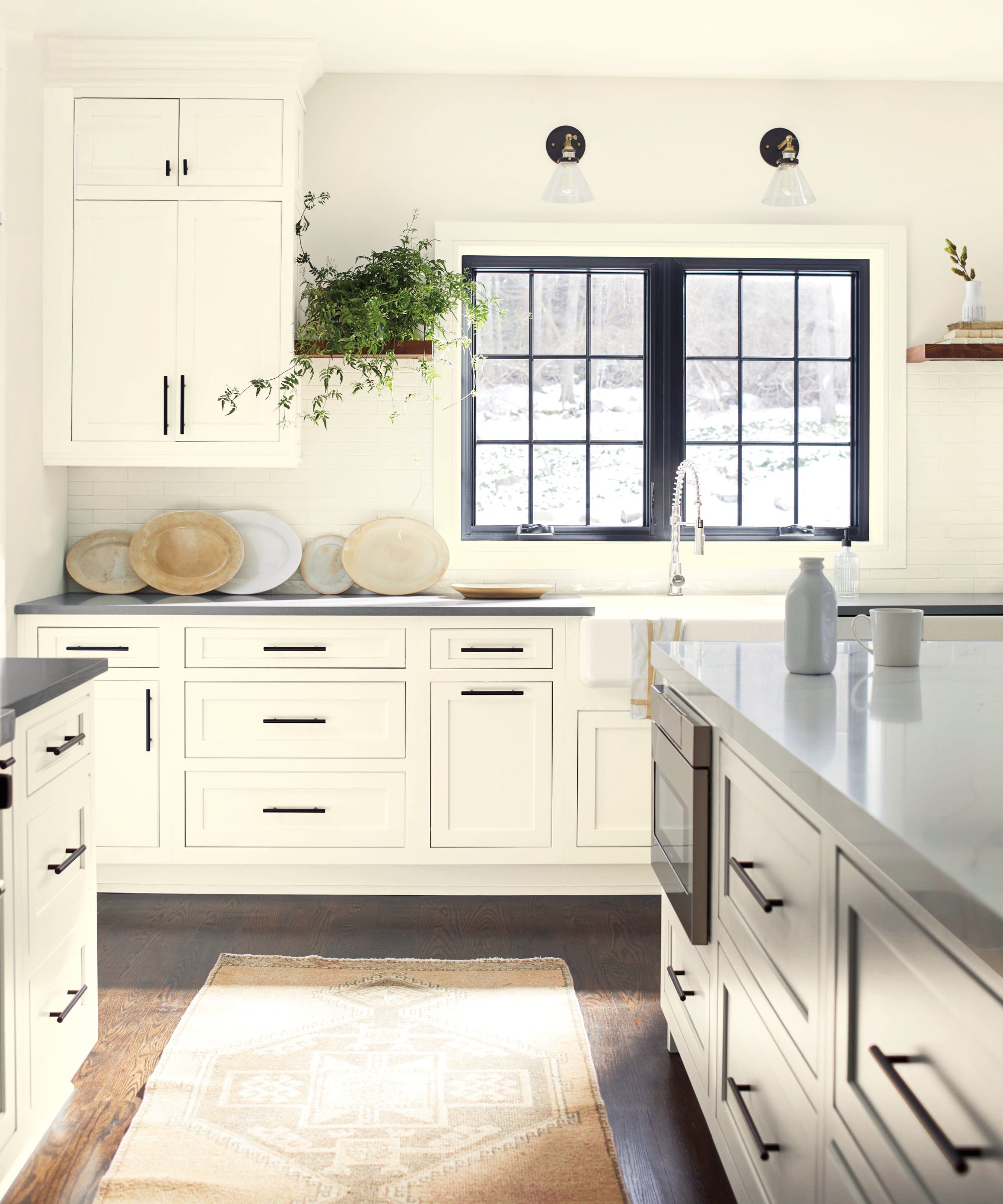
When the weather drops towards freezing, we are rarely thinking about cleaning windows, however, Michael Wandschneider, director of product management at Marvin, suggests it is a great way to spot damage ahead of a freeze.
He suggests, ‘Start by giving your windows a thorough inspection and cleaning, assessing for any potential deterioration. After cleaning, check all window frames for drafts and gaps. You can do this by guiding a lighted candle around the windows to see where the flame flickers. If you find a spot, seal it with caulk, new weatherstripping, or foam. If your home has older wooden window frames, it’s also a good idea to check for loose panes and missing sections of glaze so you can reglaze the panes as needed.
‘In general, old windows can have the same effect on your heating bill as leaving a window open all winter long, so it never hurts to consider replacing your old windows with newer, energy-efficient ones.’ Consider consulting a trusted local professional to help you decide if you should repair or replace a window.
He adds, ‘After cleaning, don’t be concerned about condensation or frost. Condensation is actually a sign that your windows are working and maintaining the interior temperature of your home.'
3. Check your door’s weep holes

Weep holes sound a bit strange, but they are vitally important to your windows and doors – and you may have covered them up, warns Al Ruggie, marketing director at ASAP Restoration. They are one of the many places you shouldn’t caulk around windows to avoid damage.
He explains, ‘Most people don’t realize it until they have to hang a door themselves after painting, but all doors and windows have weep holes that allow for water vapor and heat transfer through the material that the window or door is made from. It usually looks like a hole about the size of a pencil lead, and many people accidentally cover them up with paint when renovating, or they just let them get clogged with debris from years of not knowing it was even there.
‘If you open up the weep holes in the windows and doors, you can help to prevent the material from swelling with increased water vapor in the air, and through thermal expansion throughout the seasons, saving them from damage.’
4. Remove screens

If you have window screens, now is the best time to take them down – using the best way to clean window screens to keep them safe in storage. Neglecting to do so is a common home maintenance mistake never to make in winter.
Al Ruggie of ASAP Restoration continues, ‘If you have removable screens on your windows, it's probably a good idea to take them off and store them for the winter. When screens stay on the windows through the winter, they can get frozen to the window, they can become overloaded with snow and ice, and both of these things can damage the frame of the screen, and even the window itself in some instances.
‘Keeping the screens off of the window prevents it from being able to hold snow and ice as easily and this can help prevent dams from forming that spread apart the wood and metal materials of the screen, frame, and window.'
5. Remove ice and snow from window sills
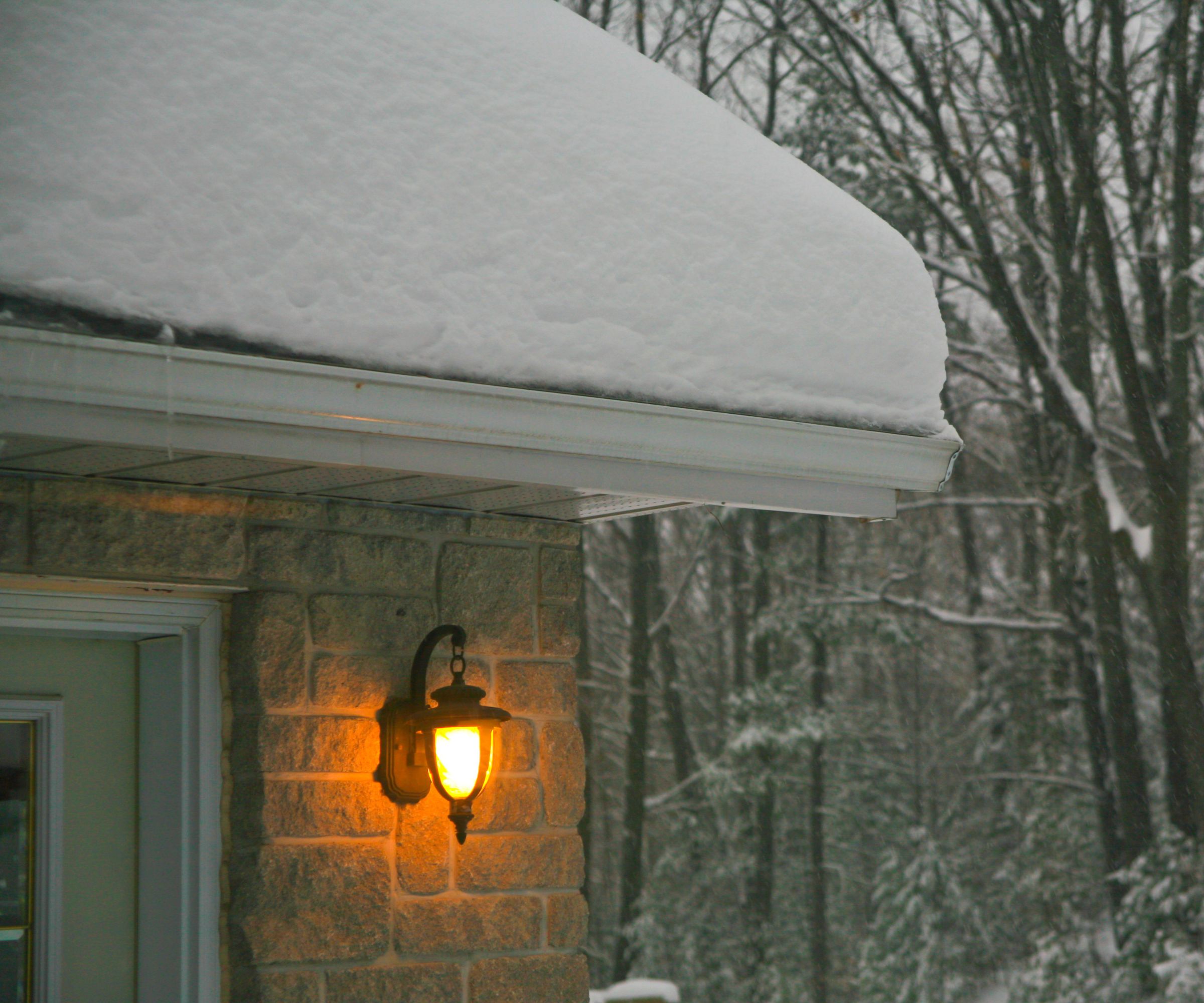
During the freeze itself, if it is safe to go outside, it is vital that you keep up your home maintenance – most notably removing snow and ice build-up from your doors and windows, just as you would de-ice garden paths and patios, says Michael Strmac, co-founder at Universal Windows Direct.
He explains, ‘Clean excessive snow and ice buildup off window sills to prevent water from back flowing inside when snow/ice melts.’
Preparing your windows and doors ahead of a freeze warning is a great way to keep a home warm all day while ensuring that your property withstands fluctuating temperatures and potential water damage, saving you money on both heating and repairs.

Chiana has been at Homes & Gardens for two years and is our resident 'queen' of non-toxic living. She spends most of her time producing content for the Solved section of the website, helping readers get the most out of their homes through clever decluttering, cleaning, and tidying tips. She was named one of Fixr's top home improvement journalists in 2024.
